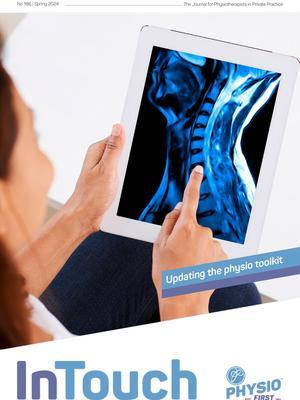Cervical afferents in migraine: orchestrating central sensitisation or innocent bystanders?
Iatrogenic pneumothorax as a sequela to acupuncture or dry needling
Shockwave and TECAR therapies: fad, fashion, hype or evidenced?
Is the viscera a cause of lower back pain?
Degenerative cervical myelopathy






